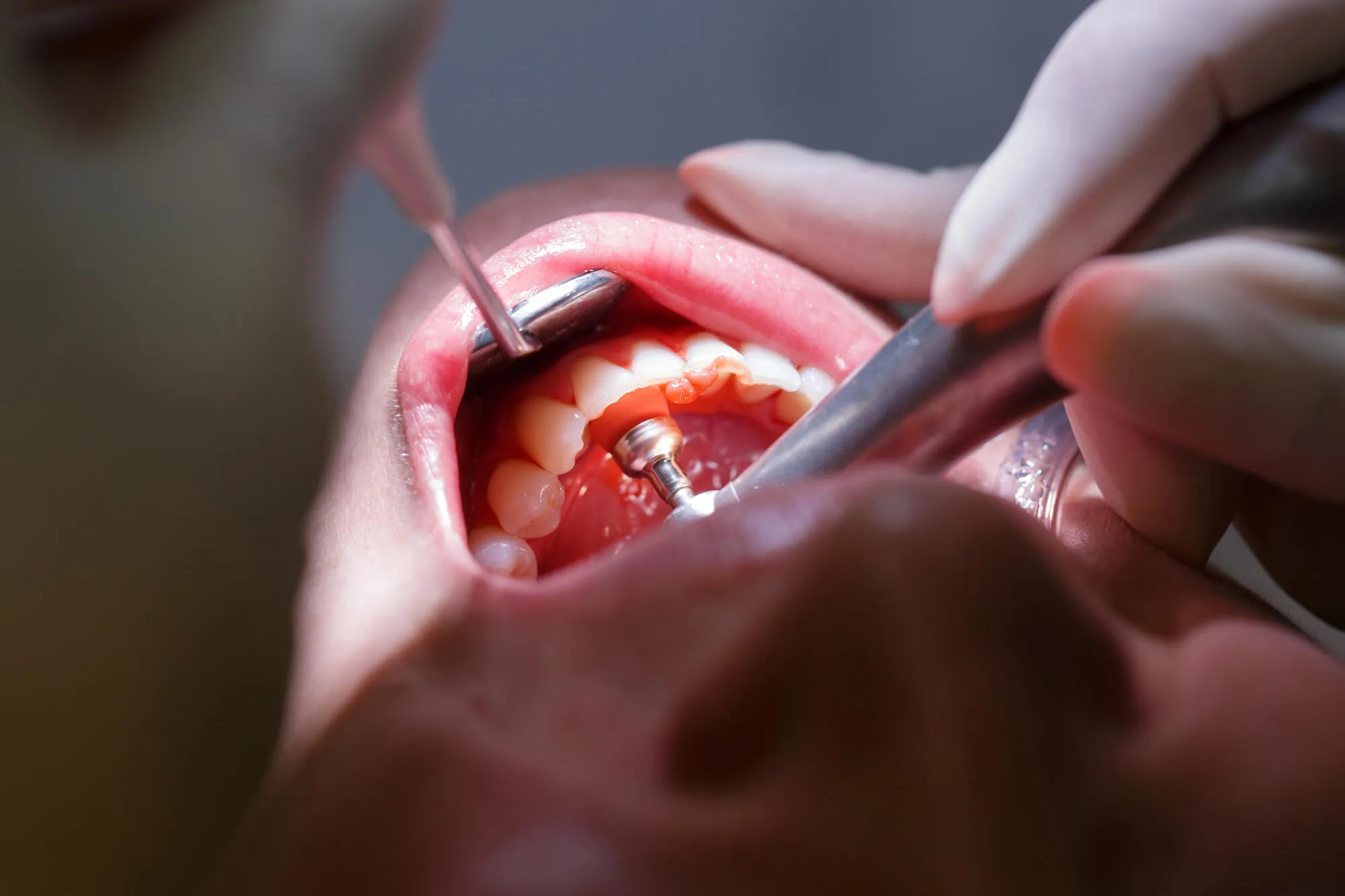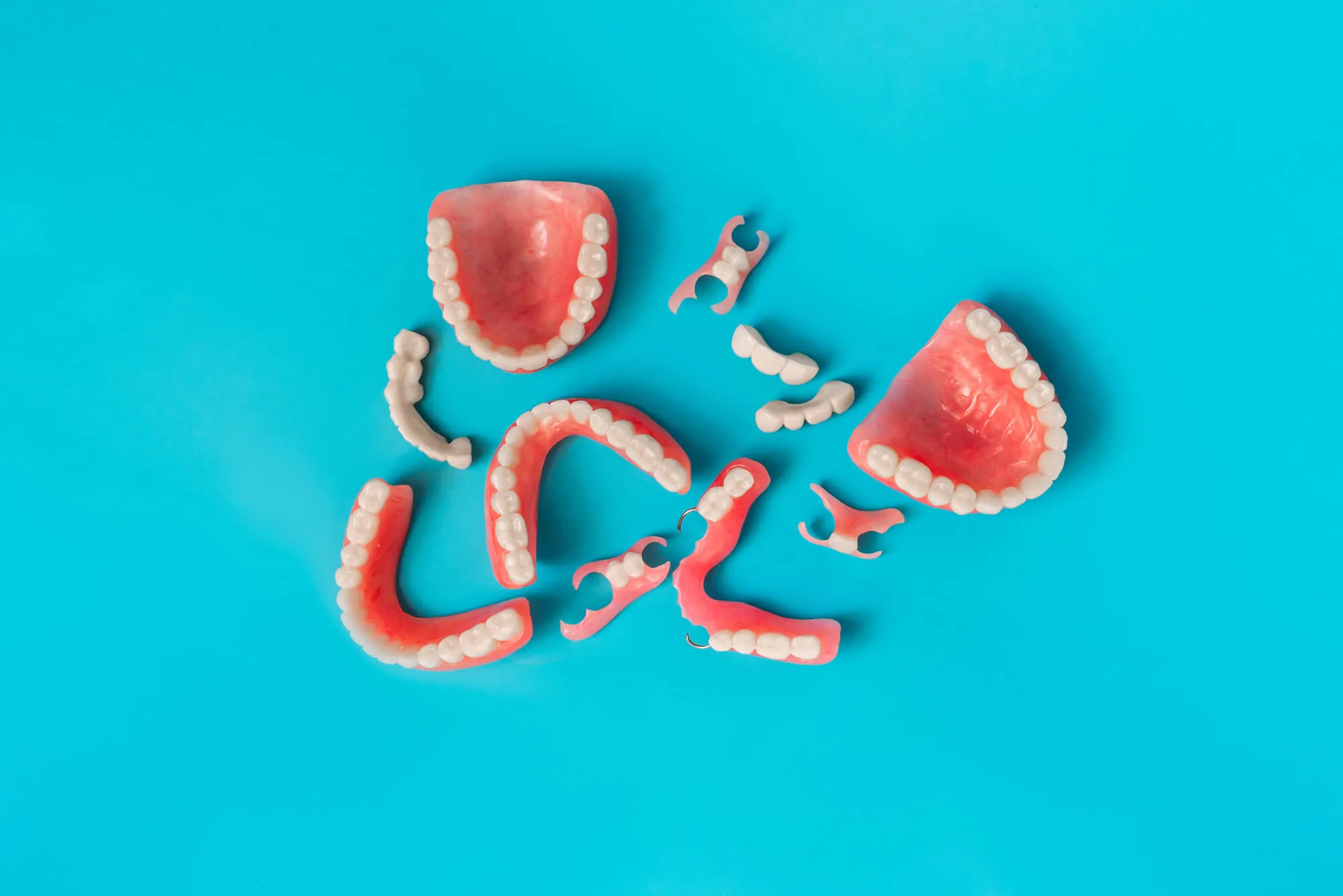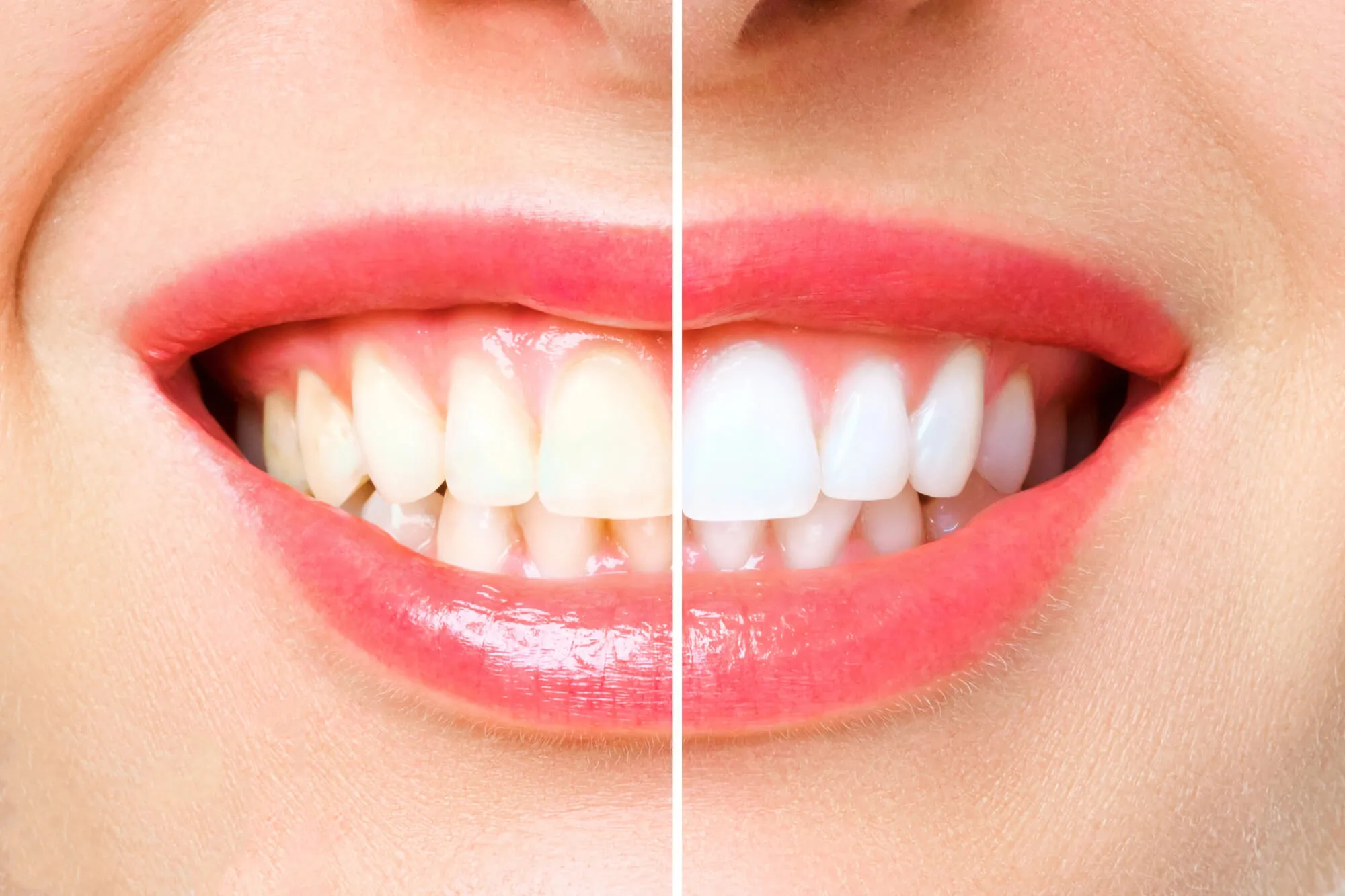From Bleeding to Bone Loss: Understanding the Stages of Gum Disease

Gum disease can happen to anyone—you included. It doesn’t always start with pain, and it’s not limited to people who skip the dentist. Even with regular brushing, early signs like swollen gums or bleeding while flossing can quietly signal something deeper. Left alone, these changes can progress into more serious problems like bone loss and tooth mobility. That’s why seeing a periodontist in Fort Lauderdale early on can make a real difference before it gets harder to restore your gum health.

The Stages of Gum Disease
Gum disease, also known as periodontal disease, is a progressive condition. It begins with mild inflammation and can eventually lead to tooth loss if not addressed. The earlier it’s caught, the easier it is to manage.
Stage 1: Gingivitis – The Warning Signs Begin
Gingivitis is the earliest and most common form of gum disease. It’s caused by plaque—a sticky film of bacteria—that builds up along the gumline.
What to look for:
- Red, swollen gums
- Gums that bleed when brushing or flossing
- Bad breath that lingers even after brushing
- Mild tenderness near the gumline
At this stage, no permanent damage has occurred. The bone and connective tissue are still intact. With a professional cleaning and a good home care routine, gingivitis can be managed effectively.
Why early attention matters: Although it’s mild, gingivitis sets the stage for more serious problems. Ignoring it allows plaque to harden into tartar, which traps bacteria below the gumline and increases inflammation.
Stage 2: Early Periodontitis – Beneath the Surface
Once inflammation spreads below the gumline, gingivitis progresses to early periodontitis. This is when deeper pockets start to form between the gums and teeth.
What’s happening now:
- Plaque and tartar are collecting beneath the gums
- The body’s immune response causes inflammation and tissue damage
- Gums may start to pull away from the teeth
Symptoms may include:
- Receding gums
- Persistent bad breath
- Minor bone loss visible on dental X-rays
You may still not feel much discomfort, but the damage is underway. At this point, treatment from a dental professional becomes necessary. A periodontist can perform deep cleaning procedures like scaling and root planing to remove bacteria from beneath the gums and help reduce inflammation.
Stage 3: Moderate Periodontitis – Structural Damage
If early periodontitis is left alone, the disease continues to spread. By now, bacteria are breaking down the bone and ligaments that support your teeth.
Common signs:
- Deeper periodontal pockets (over 5 mm)
- More visible gum recession
- Loose or shifting teeth
- Occasional pus around the gumline
Moderate bone loss is often seen in this stage. You might begin to notice gaps between teeth or a change in how your bite feels. The infection is more difficult to control with regular cleanings alone. More advanced procedures, such as or localized antibiotic treatments are often recommended.laser therapy or localized antibiotic treatments, are often recommended.
Stage 4: Advanced Periodontitis – Risk of Tooth Loss
At this stage, gum disease has done considerable damage. Bone loss is extensive, and teeth may become unstable or fall out. Some people experience severe pain or difficulty chewing.
What’s happening now:
- Deep, infected pockets of bacteria
- Gums pulling far away from teeth
- Teeth may shift, loosen, or fall out
- Bone and tissue damage is often widespread
Advanced periodontitis may require surgical treatments. Bone grafting, soft tissue grafts, and gum surgery may be recommended to stabilize the teeth and restore function. In some cases, tooth extraction is necessary, followed by implant therapy.

Risk Factors That Can Speed Up Progression
Some factors make you more likely to develop gum disease or experience faster progression:
- Diabetes
- Poor oral hygiene
- Chronic stress
- Hormonal changes (e.g., pregnancy or menopause)
- Genetic predisposition
- Certain medications
Why these matter: Smoking limits blood flow to the gums, making it harder for tissue to heal. Diabetes weakens the immune system, reducing your ability to fight infections. Stress can compromise your body's inflammatory response, while hormonal shifts increase gum sensitivity.
A family history of gum disease may also mean you're more prone, even with good hygiene. Medications that reduce saliva flow can increase plaque buildup. Knowing your risk helps you stay proactive with professional cleanings and checkups.
The Role of a Periodontist
General dentists can identify the early signs of gum disease, but once the condition progresses, you’ll likely be referred to a periodontist. These dental professionals focus exclusively on the prevention, diagnosis, and treatment of gum-related conditions.
What a periodontist does:
- Measures periodontal pocket depths
- Performs deep cleanings below the gumline
- Offers gum grafting or bone regeneration procedures
- Monitors long-term gum and bone health
Seeing a periodontist early allows for conservative treatment options and better long-term outcomes. Catching disease before structural damage begins can preserve more of your natural teeth and reduce the need for surgical interventions. Periodontists also provide maintenance plans to help manage gum health over time, especially if you're prone to relapse or have conditions that complicate healing.
They work closely with your general dentist to provide targeted care where it’s needed most. If you’ve been told you have gum disease or suspect it’s an issue, it’s worth connecting with a local periodontist to protect your long-term oral health.
What You Can Do Now to Protect Your Smile
You don’t have to wait for symptoms to worsen. The best approach to gum health is proactive care. Here’s what you can start doing today:
- Brush and floss consistently: Aim for brushing twice a day and daily flossing to keep plaque under control.
- Don’t skip dental cleanings: Professional cleanings remove tartar that can’t be cleared at home.
- Watch for early signs: Bleeding gums, bad breath, or gum sensitivity are worth investigating.
- Keep your health in check: Managing diabetes and quitting smoking can lower your risk.
- Ask questions: If you’re unsure about your gum health, talk to your dentist or periodontist.
Even in the later stages, there are options to stabilize and improve gum health. You don’t have to lose your teeth—timely care makes a difference.

Ready to See a Periodontist in Fort Lauderdale?
If you’ve noticed any of the signs mentioned above or it’s just been a while since your last dental check-up, our team at 1500 Dental is here to help. Our periodontist provides comprehensive evaluations and care tailored to your needs.
Whether you're in the early stages or dealing with more advanced issues, we’ll walk you through your options and help you restore and maintain a healthier smile. Contact 1500 Dental today to book an appointment.












